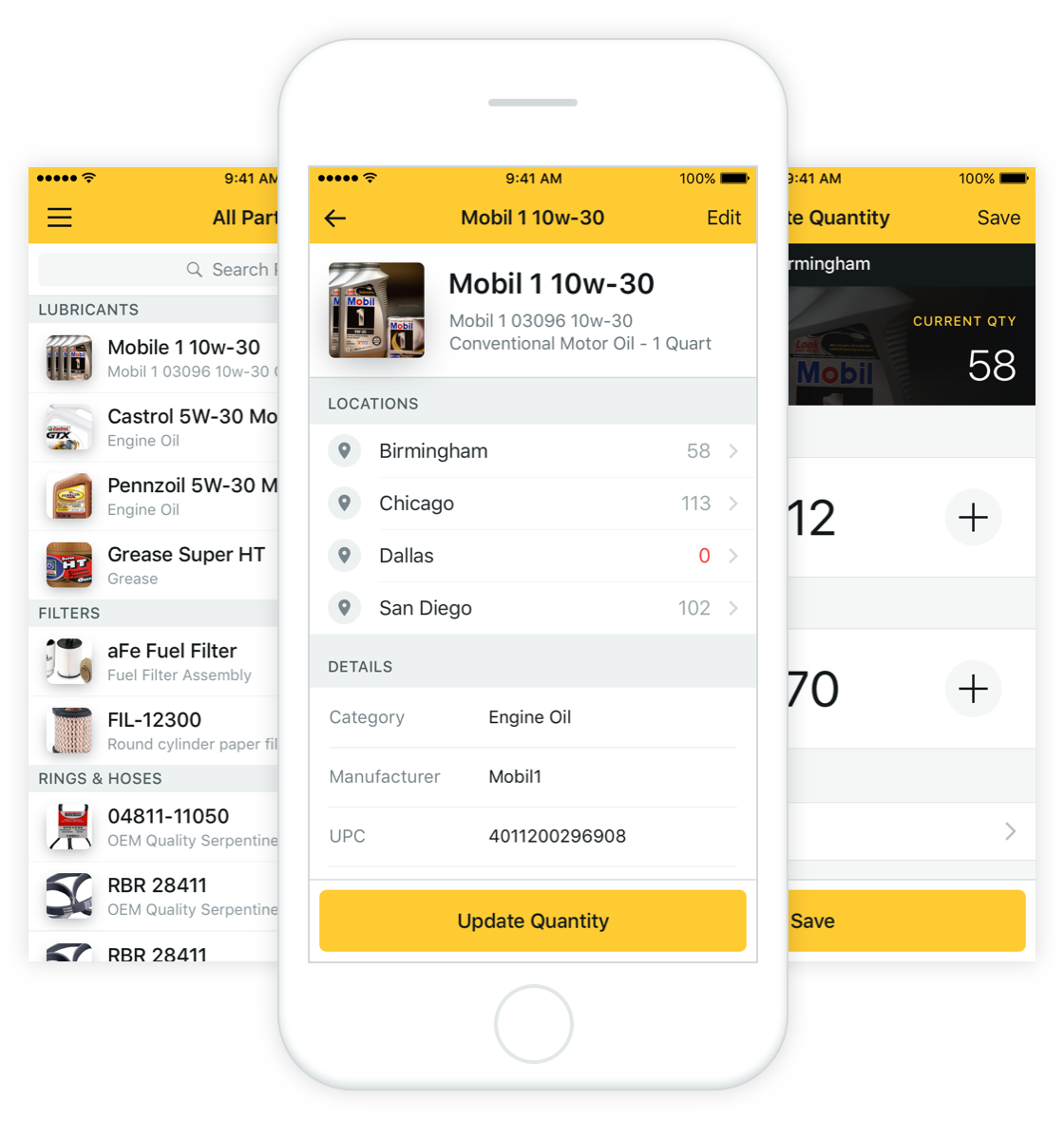In our previous post, we outlined the five discount categories for fleet parts and explored how to purchase smarter within each. Now, we’ll outline how to further reduce parts expenditures and explore the financial benefits of healthy parts purchasing.

Big returns
A fleet of, say, 200 vehicles might turn over a spare parts inventory of $30,000 every month. If a fleet is purchasing this volume of parts and is able to cut expenditures by 10 percent, savings would be $3,000 per month or $36,000 per year. This is a reasonable goal.
Here’s how to cut parts expenditures and establish smarter parts purchasing:
1. Focus on price reduction
These cost savings are substantial, but they become even more impressive when it is realized that purchase price reductions are one of the easiest ways to save money in a shop operation.
Managers don’t have to sell the idea to their bosses because there’s no real-time or monetary investment. They don’t have to work with mechanics to improve production. All that is necessary is to sit down with suppliers and negotiate prices.
2. Check part prices
Some method of checking part prices must be implemented or all these efforts will go down the drain. Price sheets or records from all the vendors with which a fleet does business should be kept up to date.
As merchandise is received, prices on several items should be spot-checked to make certain the proper discounts are in effect. Without this monitoring, vendors might - simply out of confusion - charge their old, unnegotiated prices. Whenever possible, try to deal with one designated representative from each vendor so that less pricing confusion is likely to develop.
3. Gain better visibility
Since purchase price reductions are one of the easiest ways to save money in fleet operations, it makes sense to gain as much visibility as possible into part prices.
Fleetio’s digital Purchase Orders module automatically tracks each order price by vendor, giving fleets instant visibility into pricing trends and history. This allows fleet managers to:
- Centralize all parts and purchasing information
- Negotiate more effectively with suppliers/vendors
- Control purchases and reduce wasteful spending
- Hold suppliers accountable
- Save money by being well informed



